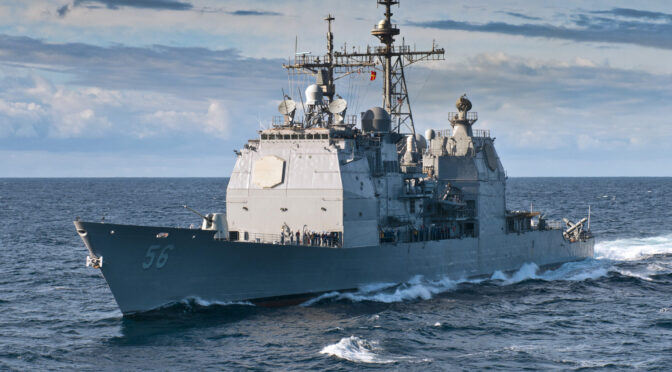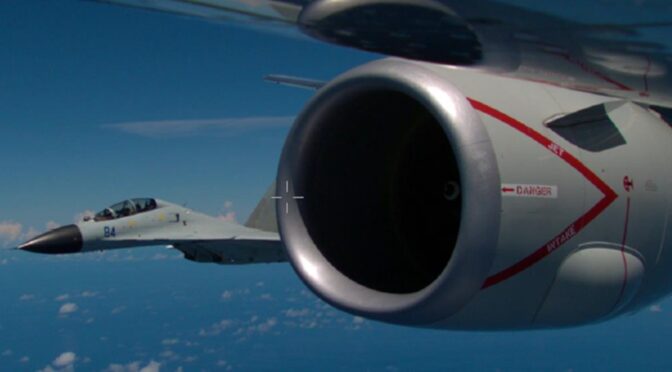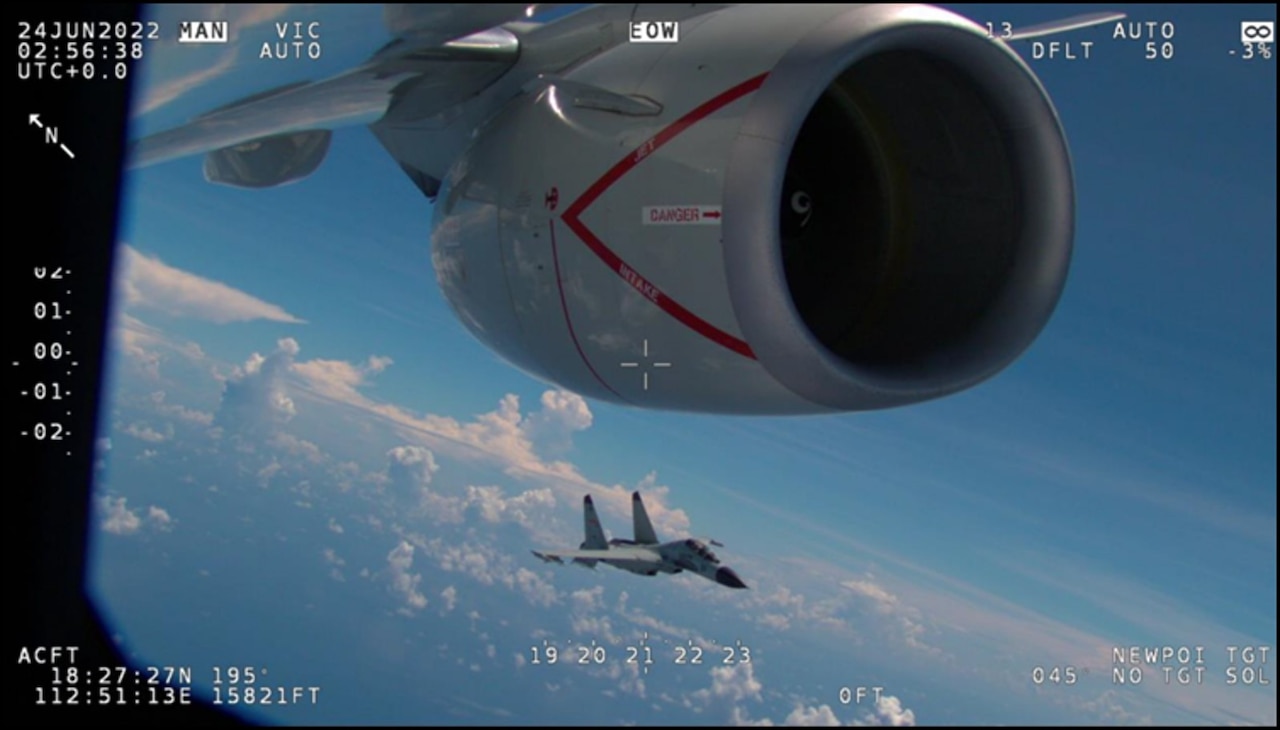By Capt. Matthew Sharpe (ret.) and GSCM Rich Feldman (ret.)
In Mask of Command, historian John Keegan identified cohesion as the fundamental attribute of Alexander’s Macedonian army. Cohesion united the will and spirit of the commander with that of his closest subordinate leaders, the men Alexander called his “Companions.” Alexander met frequently – often boisterously – with his Companions.
This was no process-driven board or cell. As Keegan explains, “[Alexander did not use] his circle of friends as a sounding-board for his plans. That was not their function; it was personality and character that were under test when Alexander was among his close Companions, the test of quickness of wit, sharpness of retort, memory for an apt phrase, skill in making insult, boast or flattery, capacity to see deep into the bottom of a glass, and no heeltaps.”
With Alexander and his Companions as a model, a select group of officers and enlisted leaders aboard USS San Jacinto (CG 56) met periodically to break bread, bond as warriors, and develop a shared vision of mission success. We called it the War Council.
The membership of San Jac’s War Council was strictly defined. It consisted of the command triad (commanding officer, executive officer, and command master chief), the department heads, and the departmental leading chief petty officers. No substitutes were allowed into War Council meetings. If a principal was unavailable, the seat remained empty.
The War Council served four purposes. First, to build shared awareness of the challenges and opportunities that lay ahead in San Jac’s mission – awareness that crossed department boundaries and was shared by the officers’ wardroom and the chiefs’ mess alike. Second, it provided a forum for innovation, an environment to discuss new and better ways to accomplish tasks. Third, it served to empower War Council members. Each had an equal voice, and rank did not determine the value of a leader’s input. Fourth, it sought to encourage division officers and junior petty officers to aspire to lead departments and ships. Junior warriors could look at the members and think, “I want to be able to do that.”
In one session, the War Council met for lunch with Vice Admiral Phil Cullom. San Jac was preparing for an engagement mission in Africa and Admiral Cullom had written the most recent Navy strategy on engagement. As conversation flowed freely and candidly, STGC Chris Lowden, Weapons Department Leading Chief Petty Officer, asked the admiral, “Since our mission is to influence people in the nations we visit, how can we assess the progress and success of our mission through their eyes, not our own?”
That question – that moment – captured the spirit and purpose of the War Council. The sentiment was contagious. People constructively challenged themselves and each other for the sake of mission success. This mindset – that the War Council actively cultivated – provided a positive impact throughout the ship.
Matthew Sharpe is a former U.S. Navy Surface Warfare Officer who commanded USS San Jacinto from 2007-2009. He lives and works in Virginia Beach and serves as an advisor to men’s Bible Study Fellowship (BSF) classes across the state.
Richard Feldman is a former U.S. Navy Senior Enlisted Leader and member of San Jacinto’s War Council as Engineering Department Leading Chief. He lives in Virginia Beach and continues to serve the Navy as an Engineering Technician for NSWC-Philadelphia Division.
Featured Image: ATLANTIC OCEAN (June 6, 2012) The guided-missile cruiser USS San Jacinto (CG 56) approaches the amphibious assault ship USS Kearsarge (LHD 3) for a fueling at sea. (U.S. Navy photo by Mass Communication Specialist 1st Class Tommy Lamkin/Released)






